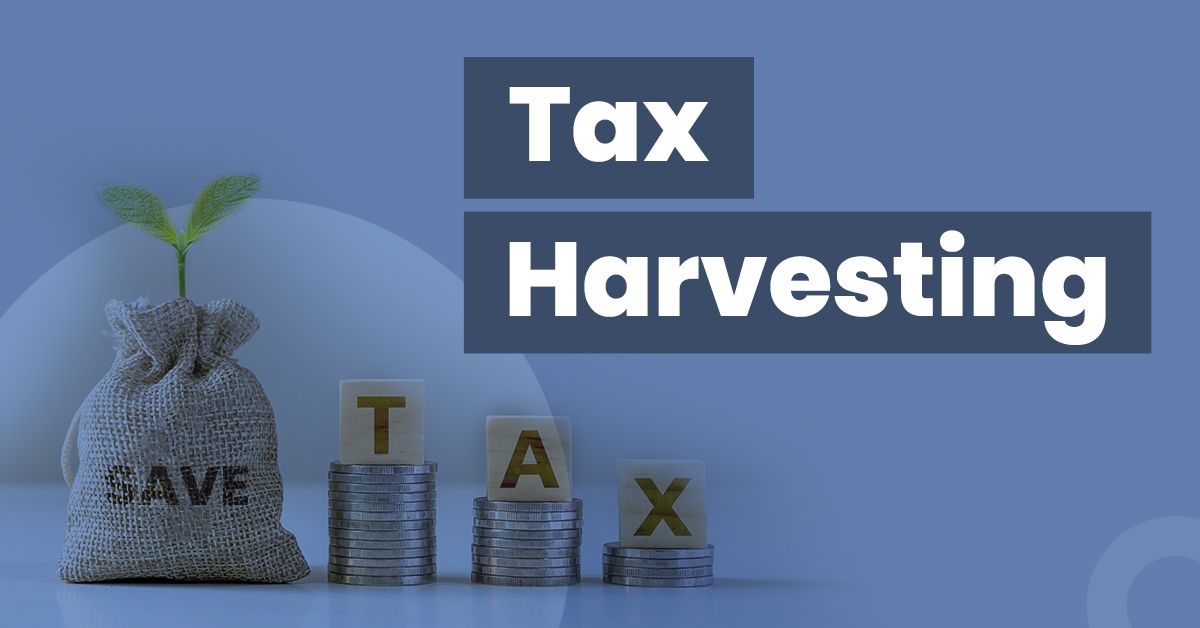Tax Loss Harvesting (TLH) is a strategy where you sell investments that are in a loss to offset gains from other profitable investments, thereby reducing your overall tax liability.
In simple terms:
👉 You lose on purpose to save more in taxes.
This technique is widely used by savvy investors and portfolio managers to make taxes work in their favour, without changing their long-term investment goals.
How Does Tax Loss Harvesting Work?
Let’s say you invested in two mutual funds:
- ✅ Fund A: ₹10,000 gain
- ❌ Fund B: ₹7,000 loss
If you redeem both:
- Without TLH → You pay tax on ₹10,000 gain
- With TLH → ₹10,000 (gain) – ₹7,000 (loss) = ₹3,000 taxable gain
That’s a 70% reduction in taxable income from capital gains!
📊 Types of Gains & Losses to Know
🧠 You can carry forward unused losses for up to 8 years.
When Should You Use Tax Loss Harvesting?
- At the end of the financial year (Feb–Mar)
- During volatile markets (high ups and downs)
| Asset Type | Holding Period for LTCG | Short-Term Capital Gains (STCG) Tax Rate | Long-Term Capital Gains (LTCG) Tax Rate | Exemption Limit |
| Listed Equity Shares, Equity-Oriented Mutual Funds, Units of Business Trusts | More than 12 months | 20% | 12.50% | 1.25 lakh per financial year |
| Unlisted Shares, Debt Mutual Funds, Bonds, Gold, Real Estate | More than 24 months | As per applicable slab rates | 12.50% | No exemption limit |
| Virtual Digital Assets (e.g., Cryptocurrencies) | Not specified | 30% (plus applicable surcharge and cess) | Not applicable | No exemption |
| Other Capital Assets | More than 24 months | As per applicable slab rates | 12.50% | No exemption limit |
- When you have booked capital gains from other sources
- While doing year-end tax planning
Step-by-Step: How to Do Tax Loss Harvesting in India
- Analyze Your Portfolio
Use tools or advisors to check unrealized losses. - Identify the Right Losses to Harvest
Choose assets that are underperforming AND not part of your long-term core plan. - Sell the Loss-Making Asset
Book the loss by redeeming or selling. - Reinvest in Similar (but not identical) Assets.
Replace it with another fund or stock with a similar profile to maintain the allocation. - Report Losses During ITR Filing
Use Schedule CG(Capital Gains) in your Income Tax Return.
Important Things to Keep in Mind
- 🧾 Document everything: Keep a record of sell and repurchase dates.
- ⏱️ Don’t sell just for tax: Ensure the asset is truly underperforming or non-essential to your plan.
Real-Life Example
Aarti made ₹1,20,000 gains in equity mutual funds in FY 2024–25.
She also had ₹30,000 in losses in a tech fund she no longer believed in.
She sold the tech fund in March, booked the loss, and reinvested in a diversified equity fund.
Now she pays LTCG tax only on ₹90,000 instead of ₹1.2 lakhs.
At 10%, this saves her ₹3,000 in taxes!
🔍 Why Tax Loss Harvesting Is Smart
- Reduces your current year tax burden
- Keeps your asset allocation balanced
- Makes use of underperforming investments
- Legally optimize taxes over time
🤝 Let InvestWorks Handle It for You
At InvestWorks, we don’t just help you grow your money — we help you save more of it, too.
- Our portfolio reviews include tax-smart suggestions like TLH
- We ensure your long-term goals stay intact while you save
- Personalized strategies tailored for mutual fund investors in India

